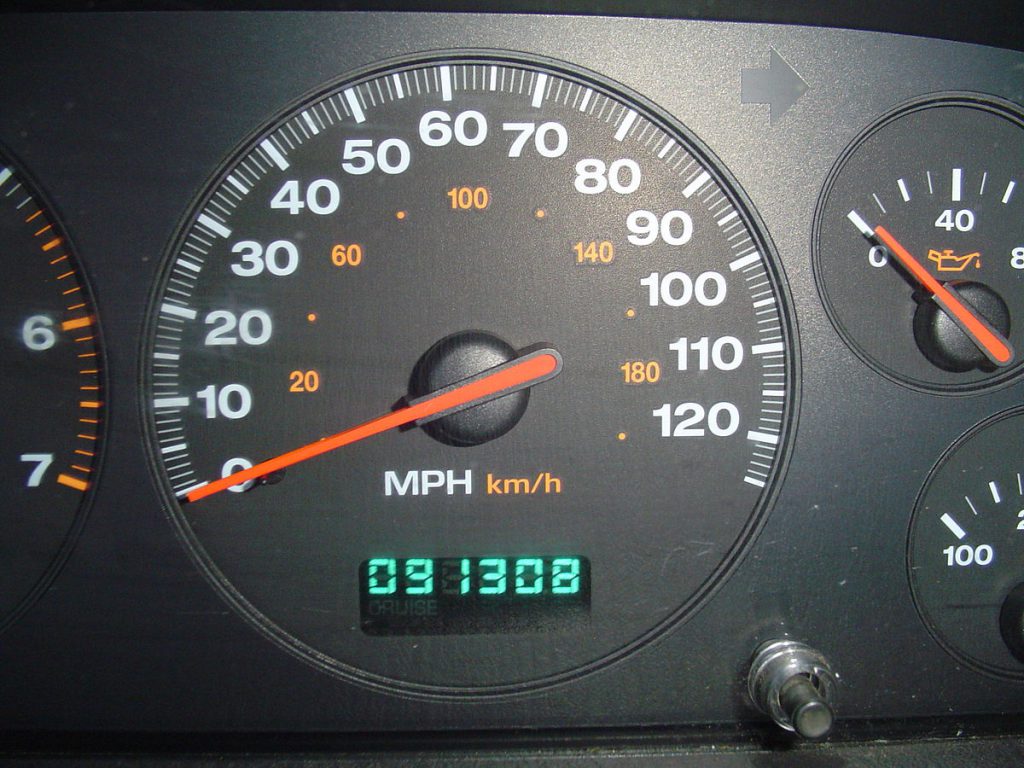We all hit the road for different reasons like short trips to the grocery store, daily commutes, or long journeys… So wondering If you drive too much or too little? You’re not alone. Buckle up and find out what is the average miles driven per year. There’s an average number of miles most people hit the road manually to help you make smarter decisions while driving.
Contents
The Average Miles Driven Per Year: How Much?
Knowing your mileage is necessary for choosing the right car, spotting odometer fraud, and scoring insurance discounts. How many miles does the average person drive a year?
According to the FHWA (Federal Highway Administration), the average American racks up around 13476 miles per year. It equates to over 1000 miles every month. However, this number is just for reference, your mileage can vary widely based on lifestyle, age, gender, and job. Suburban life, being a young adult, or having a traveling job can increase the mileage.
For example, some people buy cars for work needs. These car owners often drive long distances, each year the car travels at least 20,000 km. Others buy cars just for running some errands, not even driving 10,000 km/year.

The average annual mileage for a typical commuter is 12,000 – 15,000 miles (19,312 – 24,140 km). Equivalently, a 5-year-old car can run 60,000 – 75,000 miles (96,000 – 120,000 km); a 10-year-old car is 120,000 – 150,000 miles (192,000 – 240,000 km).
At a certain point in a vehicle’s lifespan, repairs will start to happen more and more frequently. This is not necessarily due to “car age” or mileage, but it usually occurs when the car is about 8 – 10 years old and reaches 100,000 – 120,000 miles (160,000 – 192,000 km). This is inevitable because No car lasts forever.
How to calculate annual mileage? To find your annual mileage, simply check your odometer, reading over a few months, and calculate the average. The trend in average mileage is changing, possibly decreasing with more remote work options. It raises questions about the future driving habits.
>> Read more: What Makes A Car Last More Than 200,000 Miles?
The Impact Of Average Yearly Mileage
Knowing average miles per year can be useful for various factors: car choice, expense, and insurance rate:
Insurance cost: Do you know that your insurance costs will be calculated based on annual mileage, with lower rates for drivers with fewer miles driven? For example, Per-mile insurance is specifically made for people who drive less than 10000 miles per year. Instead of sticking a GPS device on the vehicle, Mile Auto asks the policyholder once a month for a picture of the odometer.
Automakers: The manufacturers will use this data to optimize vehicle design, fuel efficiency, and maintenance schedules.
Environmental impact: Annual mileage directly correlates with fuel consumption and greenhouse gas emissions, influencing environmental policies and regulations.
What Is Considered A Lot Of Miles On A Car?

There is no exact answer because it depends on many factors, but new car models are considered more durable than older car models. 12.2 years is the average lifespan of vehicles on the road in 2022. Consider that the average American drives about 12,000 miles (19,312 km) annually. Although there is no fixed limit on the number of kilometers traveled (ODO) for all types of cars, many people will usually take the mark between 120 – 180 miles
However, often, 100,000 miles is considered a cut-off point for used cars because older vehicles often start requiring more expensive and frequent maintenance when mileage exceeds 100,000. And it’s essential to consider various factors when evaluating a car’s mileage. A well-maintained vehicle with 150,000 miles might be in better condition than a poorly maintained car with only 50,000 miles.
>> Related post: What is Good Gas Mileage for Your Vehicle? Everything you Need to Know!
Key Factors Affecting Annual Miles Driven Per Year
There are several factors influencing the average miles per year because this figure varies among individuals and families:
Driving habits
Bad driving habits greatly influence the number of miles driven per gallon:
- Aggressive driving: Speeding, sudden acceleration, and braking can reduce miles per gallon by 15% to 30% on the highway and 10% to 40% in steady traffic
- High speeds: Driving at high speeds can increase aerodynamic drag, putting more strain on the engine and affecting your car mileage.
Vehicle type
SUVs and trucks generally have lower fuel economy compared to cars, impacting annual mileage. Additionally, older cars will have lower fuel efficiency, encouraging shorter trips and reduced overall mileage.
Location
Urban areas with robust public transportation systems tend to have lower average annual mileage compared to suburban or rural areas. Additionally, uphill and downhill slopes can increase fuel consumption. On the contrary, flat roads often save more fuel and partly affect to the annual miles.
Watch more:
Conclusion
Now, you have the answer to the question of average miles driven per year. And to improve your car mileage, you can apply some tips below:
- Reduce vehicle weight: Remove useless items from the vehicle and avoid carrying unnecessarily heavy items to reduce weight and increase performance.
- Change driving habits: Avoid reckless driving, always keep a safe distance, and use the brakes gently.
- Choose the right route: If possible, choose a route with less steep terrain and less traffic to optimize MPG.
Hopefully, the information will be somehow useful for you!



